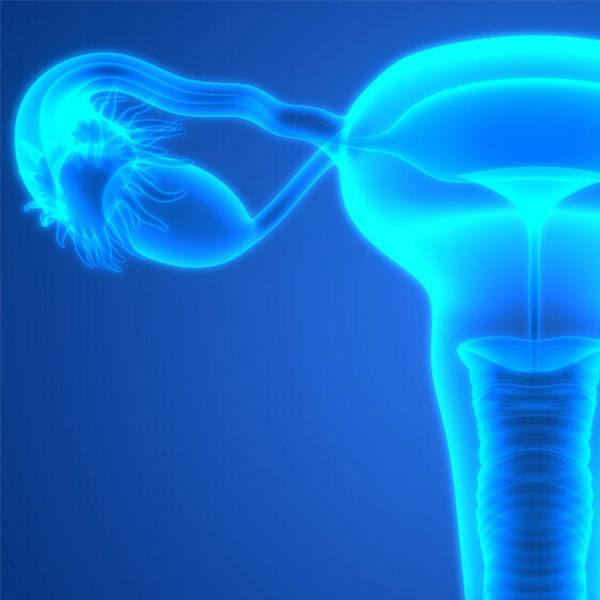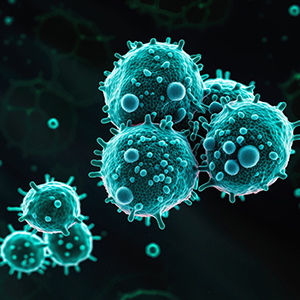-
Tissue Damage Cues Memory T Cells to Stick Around, Now Researchers Know Why
Memory T cells live longer after infection due to an indicator of tissue damage, according to recent research from Mayo Clinic scientists and collaborators. Because successful vaccination is tied to generating memory T cells, this finding may help improve existing immunizations or clarify the basis for new ones.
"Immunology has established that, to some extent, what the T cells 'see' in the beginning of an immune response will affect their fate," explains Henrique Borges da Silva, Ph.D., an immunologist at Mayo Clinic in Arizona. "What we are only starting to appreciate is that the signals these cells 'see' are not only conventional ones, like cytokines. The surrounding microenvironment matters as well."
Dr. Borges da Silva had previously discovered that memory T cells, which stay in the body after infection, live longer if they are exposed to a molecule, called ATP, that they normally don't see. ATP is what cells use for energy, and as such, is usually found inside cells. When memory T cells interact with extracellular ATP, it is a signal of tissue damage — that a cell, or cells, has died. To expand on this finding, Dr. Borges da Silva and the team wanted to clarify how this indicator of tissue damage encourages memory T cells to stick around.
Using mouse models of viral infection, the researchers mimicked the human immune response to a virus and then identified the different T cell subsets using fluorescence-based markers. Their results are published in The Journal of Immunology.

"We found that recognition of extracellular ATP makes the T cells better at responding to a cytokine called TGF-beta," says Sarah van Dijk, a primary author on the paper and a member of Dr. Borges da Silva's lab. "And this solidified our notion that extracellular ATP could be hijacked by T cells to allow them to live longer."
Next the team plans to delve further into the mechanisms of this interaction, which is the first step in understanding how this series of interactions could be manipulated to improve vaccines.
"One basic question we are really interested in, is where is the extracellular ATP coming from?," says Dr. Borges da Silva. "Naturally, tissue damage is an obvious candidate, but we have evidence that the sources for this danger signal may not solely derive from that; in fact, it seems like T cells themselves pump out ATP."
For a full list of funding, disclosures and collaborators, see the journal's website.







